Vintage-inspired guitar colors
Nitrocellulose amber vintage matte. Based on original Fender and Gibson colors. To develop our colors for guitars we have been based on original samples from the 50s and 60s. After a great work and exhaustive study on the part of our laboratory and technical department, we have obtained some colors for guitars that faithfully recreate the tones of vintage Fender and Gibson guitars to paint electric guitar. During those years until today, it should be borne in mind that the colors of vintage guitars have varied greatly over the years due to the aging of the nitrocellulose lacquer and changes in the colors of the brands. Therefore two guitars finished in 1960 with fender card colors today can be totally different between them or with respect to a more current guitar.
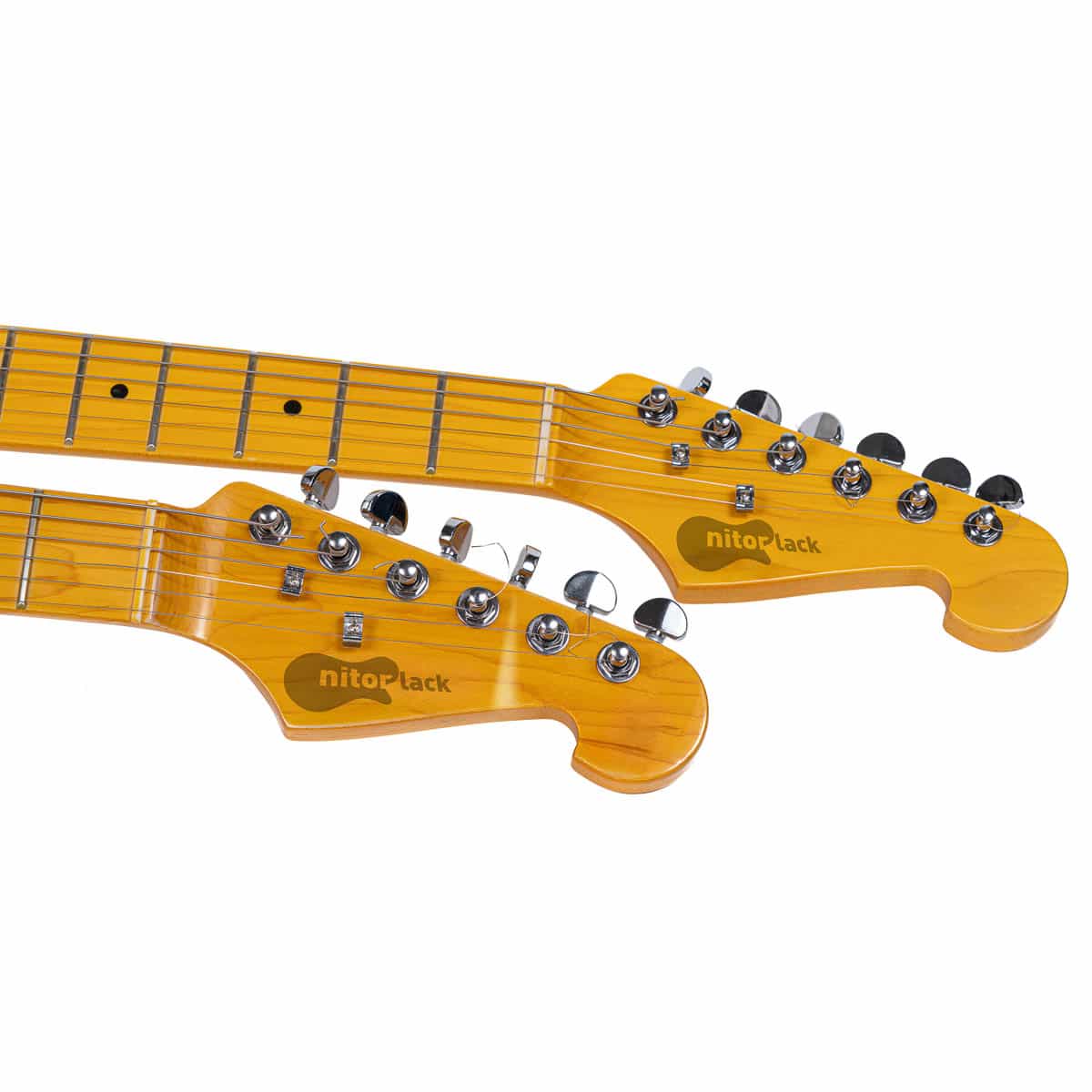
Application Guide:
- We start to apply the colour once the guitar has been primed with Nitorlack Primer.
- When we start the painting work the pores must be closed and the grain must not be marked.
- Apply the product either by spray or spray gun at a distance of about 25 cm.
- When applying we must follow a pattern of application, first horizontally and then vertically, applying the paint uniformly.
- Apply several coats, letting them dry for about 24 hours and sanding between them to remove any remaining impurities.
- This work is finished when the surface is completely smooth and free of imperfections.
Frequently asked questions:
How many sprays do I need to varnish a guitar?
– If the surface is well covered and it is not your first painting project, you can do it with a spray can, although you will not apply many coats. However if you are not an expert we recommend using 2 sprays for an optimal finish.
What temperature should the guitar be at during and after the process?
– It is recommended to do it in a place where the temperature is between 15 and 25 degrees Celsius. If the painting or varnishing process is carried out in very hot or cold conditions, the final result may not be good.
Where should I carry out the process?
A clean site will be essential, to prevent dirt or dust particles from adhering to the surface.
Is sanding between coats mandatory?
This is not something you should always do, but it is advisable in order to remove any imperfections left in the paint at the end of each coat, as well as any particles that may adhere.

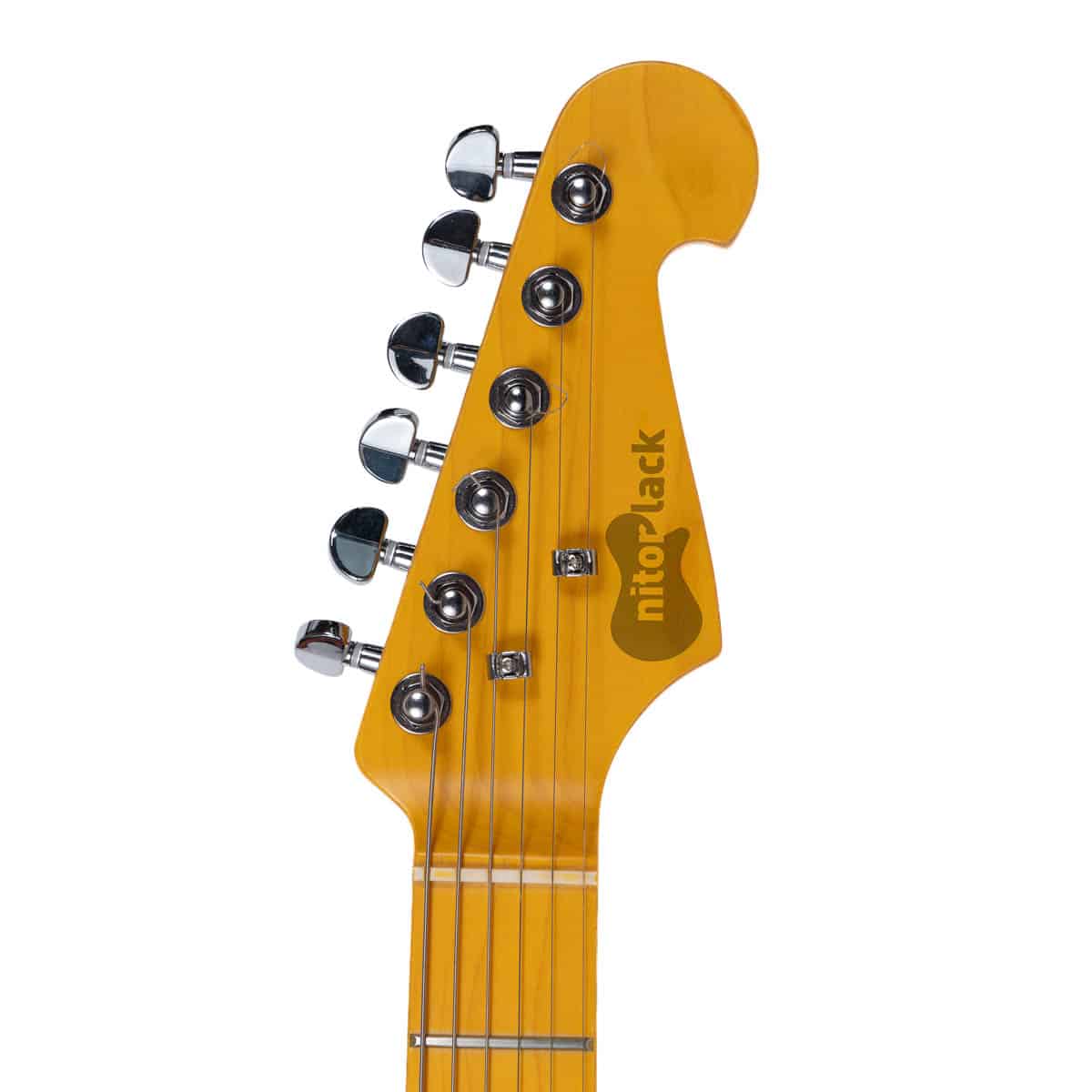
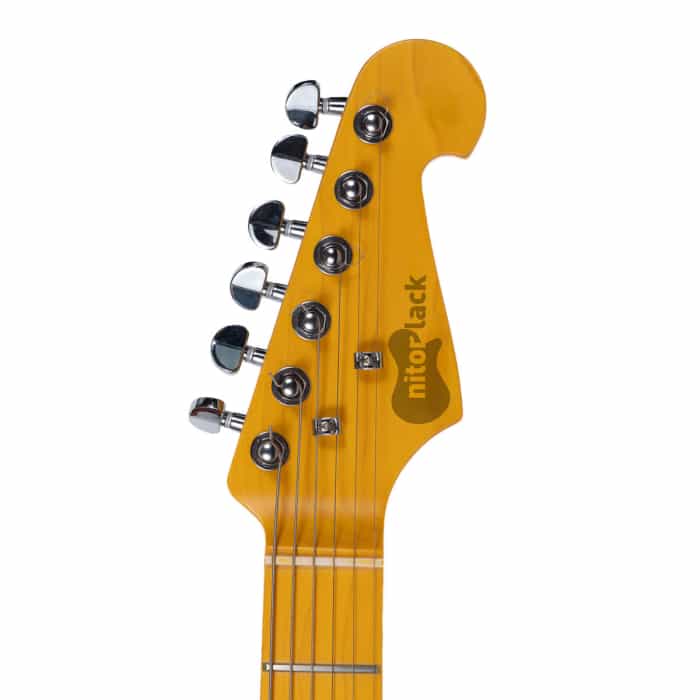
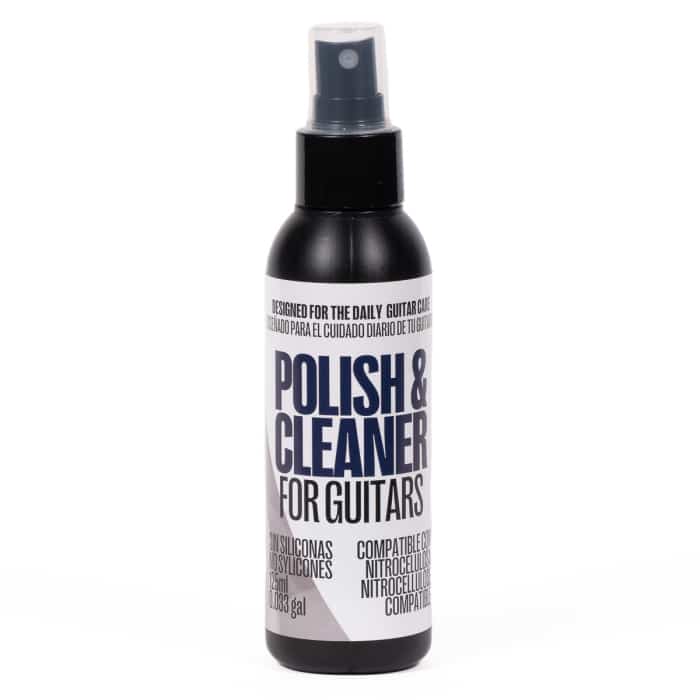
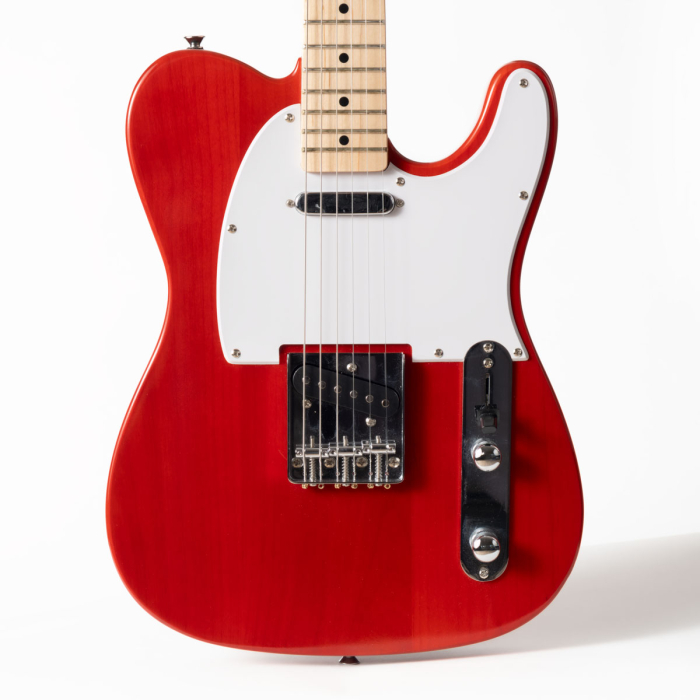
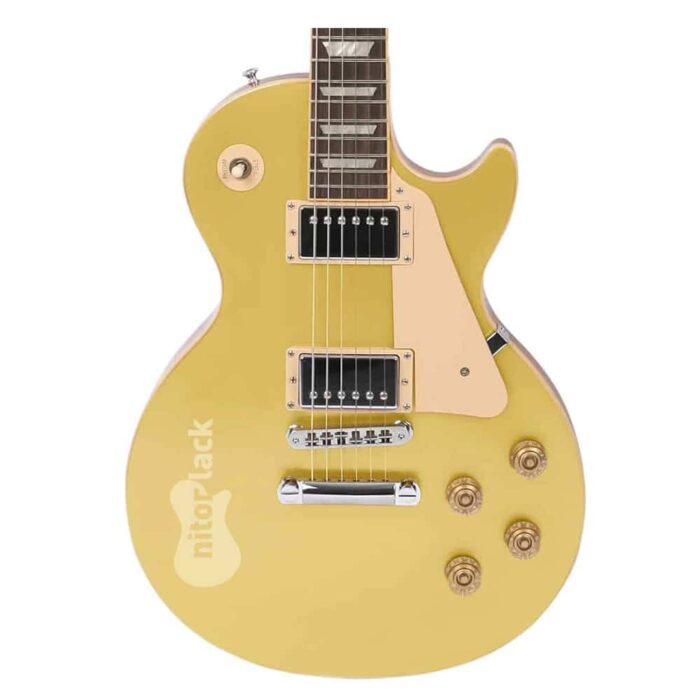
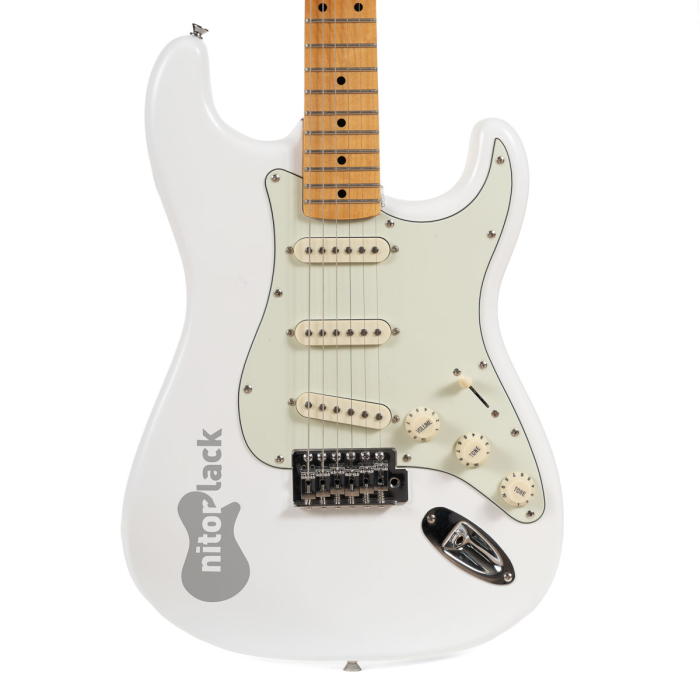
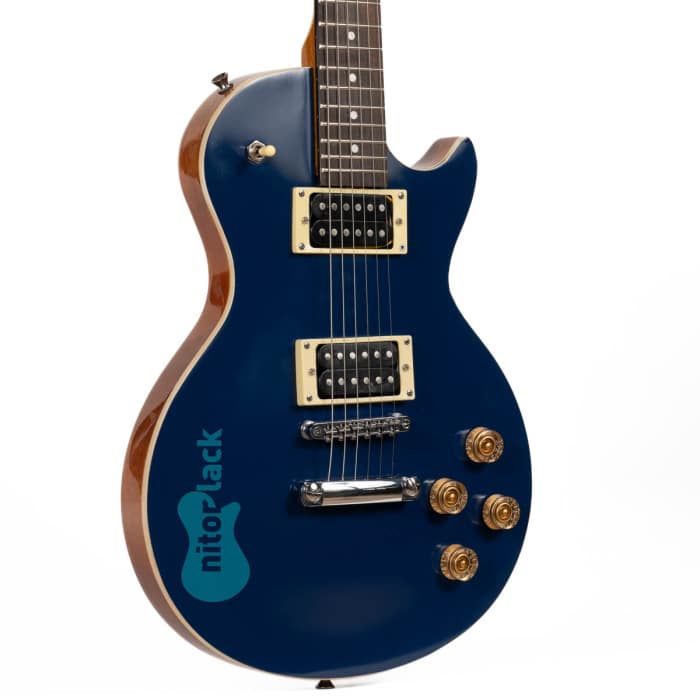
Angel F. (verified owner) –
Pierre Guitarservice ApS – Dubre (verified owner) –
Excelent..! best product ever.. 🙂
Andreas Karlsson (verified owner) –
Roland Huizing (verified owner) –
to light but ok
Richard Lehky (verified owner) –
Vidas (verified owner) –